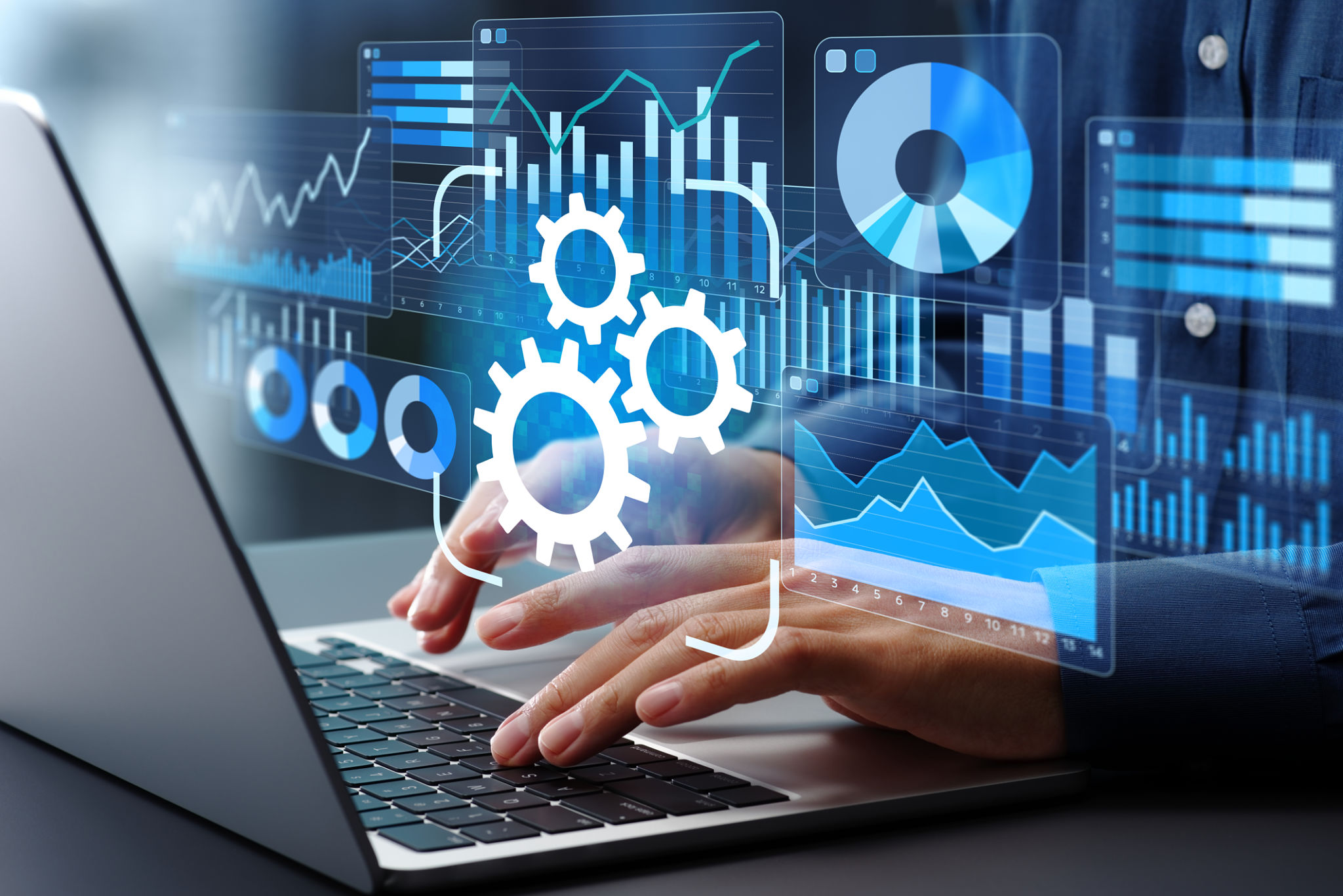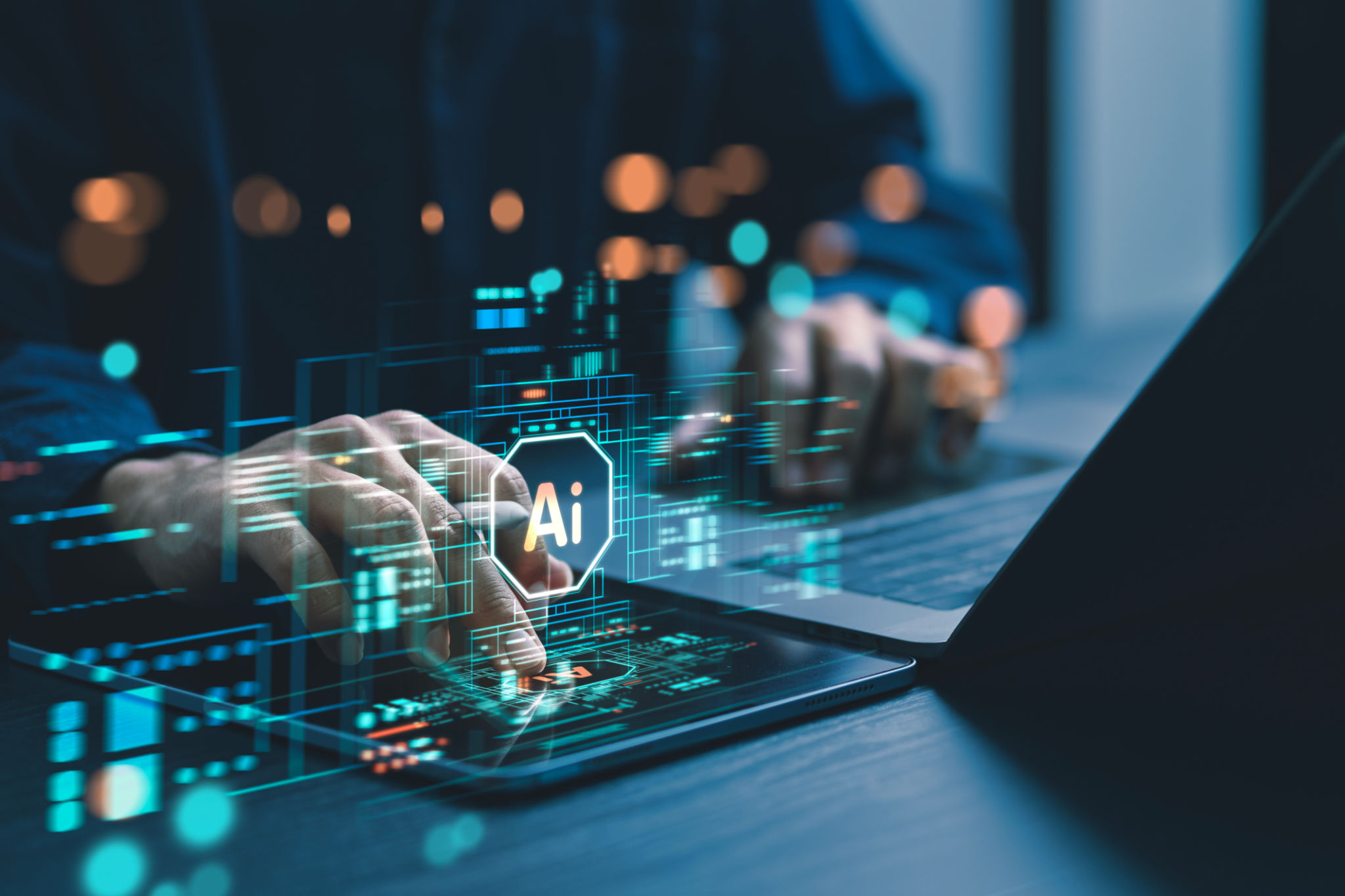AI vs Traditional Decision-Making: A Comparative Analysis
Introduction to Decision-Making Approaches
In the landscape of decision-making, two predominant approaches have emerged: traditional decision-making and AI-driven decision-making. Both have their merits and drawbacks, offering unique perspectives on how decisions are formulated and executed in various sectors. This blog post explores these two methodologies, providing a comprehensive analysis of their differences, strengths, and weaknesses.

Traditional Decision-Making: The Human Touch
Traditional decision-making relies heavily on human intuition, experience, and judgment. It involves gathering information, evaluating options, and making choices based on established criteria and personal insights. This approach benefits from the human ability to understand nuanced contexts and emotions, which can be crucial in fields such as psychology and management.
However, traditional methods can be slow and prone to biases. Human decision-makers might be influenced by personal experiences, leading to subjective outcomes. Additionally, the process of gathering and analyzing data manually can be time-consuming, often limiting the scope and speed of decision-making.
AI in Decision-Making: The Power of Data
AI-driven decision-making leverages the power of algorithms and data analysis to inform choices. By processing large volumes of data at unprecedented speeds, AI systems can identify patterns and trends that might elude human observers. This data-driven approach is particularly effective in sectors like finance and healthcare, where quick, accurate decisions are critical.

AI excels in providing objective insights free from human biases. It can continuously learn and adapt from new data, improving its decision-making capabilities over time. However, AI lacks the ability to comprehend emotional subtleties and may struggle in situations that require empathy or moral judgment.
Comparative Analysis: Strengths and Weaknesses
The key strength of traditional decision-making lies in its adaptability to complex human emotions and ethical considerations. It can navigate the gray areas of human interaction with finesse. Conversely, AI's strength is its capacity for handling vast datasets with speed and precision, offering data-backed recommendations that optimize efficiency.
However, traditional methods can falter under the weight of large-scale data analysis, while AI systems may face challenges in scenarios requiring emotional intelligence. Understanding these strengths and weaknesses allows organizations to strategically integrate both approaches to maximize outcomes.

Integrating AI with Traditional Methods
Many organizations are exploring hybrid approaches that combine the best elements of both AI and traditional decision-making. By integrating AI tools into traditional frameworks, businesses can enhance their decision-making processes with real-time data insights while maintaining a human-centric approach.
This synergy allows for more informed decisions that benefit from both data-driven accuracy and human judgment. For instance, in customer service, AI can handle routine inquiries while human agents focus on complex issues requiring a personal touch.
The Future of Decision-Making
As technology advances, the integration of AI in decision-making processes is expected to grow. However, the human element will remain indispensable, especially in areas requiring creativity and ethical considerations. The future lies in a balanced approach where AI supports and enhances human capabilities without overshadowing them.
Organizations that successfully blend these methodologies will likely gain a competitive edge, benefiting from increased efficiency and improved outcomes. By understanding the unique contributions of both AI and traditional decision-making, businesses can navigate the complexities of modern challenges more effectively.

Conclusion
The debate between AI and traditional decision-making is not about choosing one over the other but understanding how each can be leveraged effectively. By recognizing their respective strengths and limitations, organizations can craft strategies that utilize both approaches to achieve optimal results. The key lies in creating a harmonious balance that respects the value of human insight while embracing the capabilities of AI.